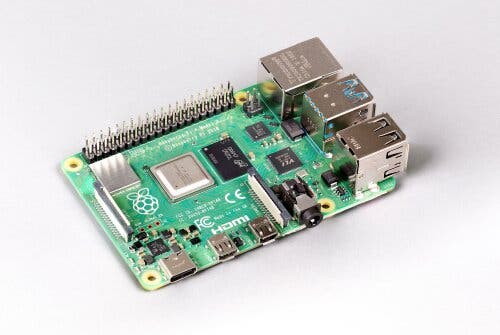Raspberry Pi is a series of small single-board computers. It’s essentially a computer, small enough to fit in the palm of your hand — now equipped with 8GB RAM.

The Raspberry Pi is technically a computer, and it can definitely be used as such — all you have to do is plug in the peripherals and you’re good to go — but it’s more often used for other projects. It can be used as a simple and cheap server, a wifi extender, a home cinema, or for a myriad of other science and robotics projects. Raspberry Pi has become the go-to solution for people wanting to dabble in electronic projects of all sorts. Because it’s cheap and accessible, it has become an iconic symbol of the democratization of the field.
But the micro-computers themselves have advanced a lot in the past few years. The Pi 4 was released a year ago with options for 1GB, 2GB or 4GB RAM and the new version is nearly identical in structure — but it features 8 GB RAM.
“While we launched with 1GB, 2GB and 4GB variants, even at that point we had our eye on the possibility of an 8GB Raspberry Pi 4,” the Raspberry Pi blog reported last week. “We were so enthusiastic about the idea that the non-existent product made its way into both the Beginner’s Guide and the compliance leaflet.”
The Pi 4 sports a quad-core Cortex-A72 1.5GHz ARM chip, two HDMI outputs, USB 2.0 and USB 3.0 ports, and gigabit Ethernet. It also hosts a beta 64-bit operating system that users can use.
It’s an impressive and very powerful little board, and the fact that we can get it for the price of a night out is pretty impressive.
For most users, a simpler Pi can get the job done, but for those who need more, this is an impressively powerful little gizmo.
“If you’re a power user, intending to compile and link large pieces of software or run heavy server workloads, or you simply want to be able to have even more browser tabs open at once,” the Raspberry blog said, “this is definitely the Raspberry Pi for you.”


